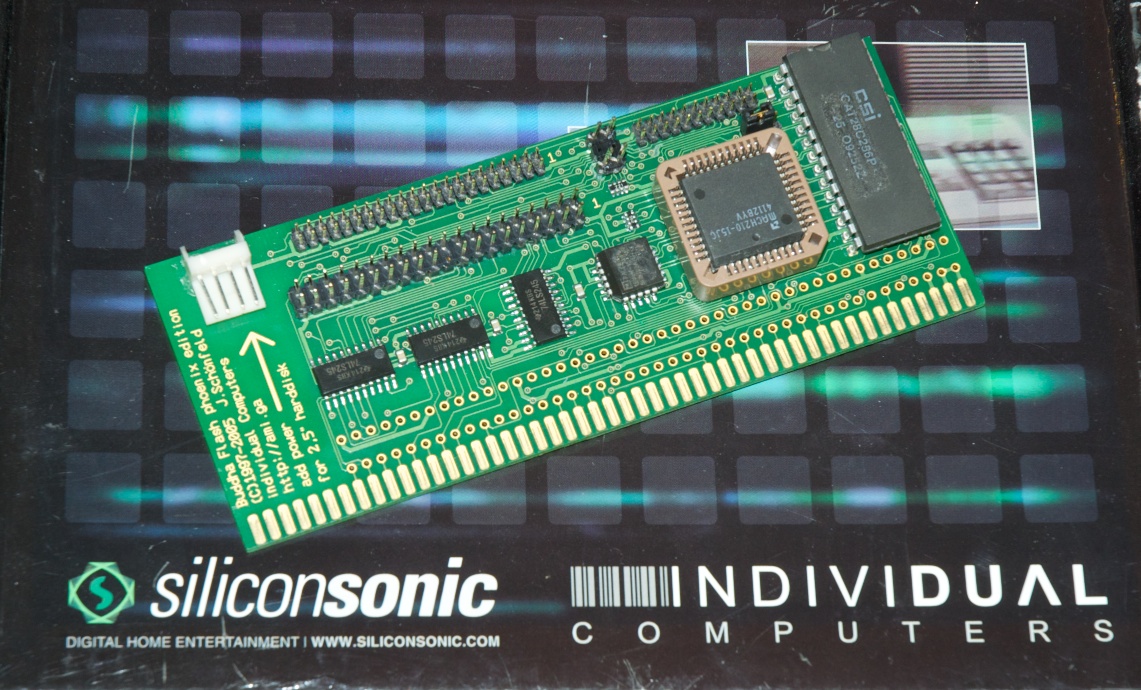HTML Howto, Amiga Computing 87, June 1995
A Question of Style
So far, so good. You know what makes up HTML, but what makes good HTML? The Web’s explosion has been likened to the desktop revolution that occurred when DTP packages became available to all and sundry – all of a sudden, unreadable documents appeared without structure or a defined style.
Despite the fact that HTML trys to set a style for things such as paragraph formatting, it is very easy to make ugly HTML documents. Very easy. Just wander for a few minutes around the Web and you’ll see plenty.
The best way to develop a style is to consciously think about how you will lay things out and then start writing – plan first, then stick to your guns. This keeps a feel to your Web site that should be acceptable if you’ve thought about it.
I’m not going to try and preach and say that this is right, that’s wrong but rather point out some common pitfalls that plague the web at the moment and give some tips so everyone who’s paying to look at your information will not be sending you a bill for timewasting.
Always give some sort of reference for your documents. Really every document should be signed by using the <ADDRESS> tag with your name, email address and the last modification date inside it. People know who to praise or blame then…
When in-lining graphic images, stop and consider the size of the file before including it. 15K seems to be about the acceptable limit for modem access, as this will take around 10 seconds to download with a 14.4KBaud link. Of course, if the document is intended for local use on a LAN then this is less of an issue. However, a good way to deal with the problem is to inline a thumbnail and use this as a link to the larger version to be displayed on your external viewer.
One thing that seems universally hated is the infamous “Click here” statement to make a link. It is considered to be much better practice to avoid this. For example, instead of saying “Click here for information on xxx”, the phrase “More information concerning xxxx is available” makes more sense on all browsers.
A problem when developing on the Amiga is file name capitalisation. Whilst the Amiga will take a file originally called `AcHomepage.html’ and access it as `acHomePage.HTML’, *NIX will not. This is not an issue if using the Amiga to serve information, but as most people will be relying on a service provider who probably installs the pages on a *nix box it suddenly becomes one. In short, check all capitalisations or simply always use lower case for file names and upper case for directories (or whatever takes your fancy – the point being stick to it). As a diversion, if using *nix also make sure that the file permissions for your pages and all graphics are set to globally readable, otherwise other people will not be able to access them.
The argument between logical and physical styles is set to run and run, though many will advocate the use of logical only where necessary. This seems justified as it leaves the door open for a better way to present a piece of information marked as STRONG or as a citation. If you definitely want bold or italics, use them though.

